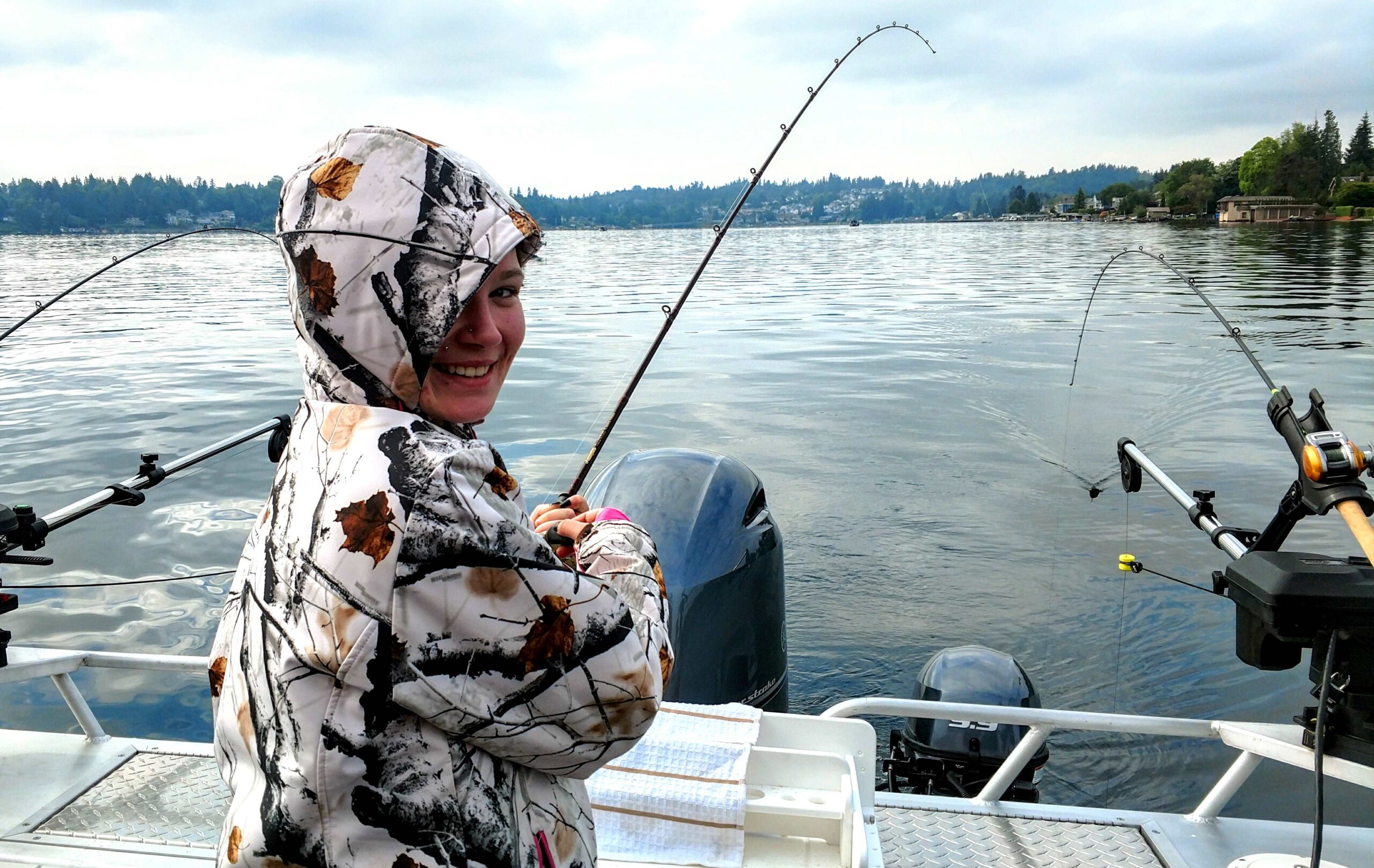Well before the Pacific Fur Company set up their first trading post in Astoria, Oregon, Before the earliest fish canneries on the Columbia River began popping up in the mid-1800s, the Pacific Northwest and its people have been defined by a culture of sustenance and heritage that is deeply steeped in the very existence of the pacific salmon.
The rich abundance of salmon didn’t just sustain the indigenous communities of the northwest, it allowed them to thrive and aided in developing rich cultures over the millennia. It was, and is, the cornerstone of art, sustenance, ritual, and community within nearly all of the Pacific Northwest First Nations people. This history of Northwest salmon harvesting dates so far back (an estimated 10,000 years) that it forces us to consider salmon as a sport and commercial fishery, as something that exists only as a small blip in time—200 years, to be exact. Furthermore, it’s within that 200 years that many northwest salmon populations have been pushed to the brink of extinction.
So where did we go wrong? And is there any fixing a fishery that has changed so dramatically over the years? To look at the details within context may be a good place to start, and perhaps this article can help us navigate through the weeds of a topic that has historically sown divisions between anglers, commercial fishermen, tribes, and fish and wildlife agencies.
Historical decline of salmon
It’s no secret that salmon runs were once much healthier than they are today. Though the state of Washington didn’t start record keeping on fisheries until 1935, we have plenty of scientific and anecdotal evidence that depicts a long history of vibrant salmon runs which looked significantly different than they do today. Lewis and Clark noted the great abundance of salmon observed by their party on the Columbia River, early settlers took advantage of the fish for sustenance use, and soon, savvy entrepreneurs seized what was viewed as a highly profitable market opportunity. Taking advantage of the great numbers of salmon in the Columbia, early commercial fishing companies constructed fish wheels—a large ferris wheel like trap that scooped considerable amounts of salmon out of the water. It’s said that some of these fish wheels were known to harvest up to 70,000 salmon per day.
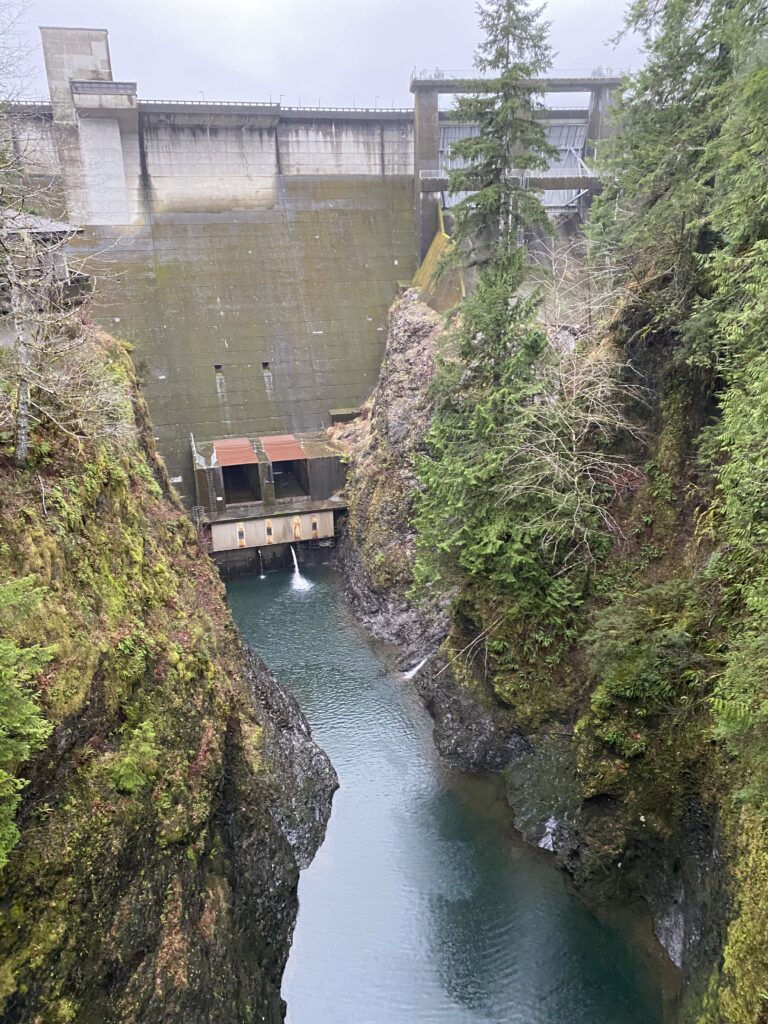
Dams
Then came the dams. A number of dams were erected throughout the northwest for the purpose of hydroelectricity, a zero-emissions source of power. All these dams, in some form, inhibited salmon and other fish from reaching miles of prime spawning habitat while also disturbing their natural habitats in several ways. On the
Columbia—the Grand Coulee and the Chief Joseph Dam, on the Snake River—the Lower Granite, Little Goose, Lower Monumental, and Ice Harbor Dam. These dams are likely the most contentious, but other smaller dams up the Snake River have effectively eliminated salmon returns at the furthermost portions of the Columbia River basin, specifically, northeastern Nevada. Historically, salmon would make a 900-mile journey from the Pacific Ocean, up the Columbia River, up the Snake River through eastern
Washington and Idaho, then finally arriving at their spawning grounds in the Owyhee River, where Shoshone-Paiute tribes would spear a portion of these fish for sustenance.
Deforestation
Whether it be for commercial timber harvesting or development, deforestation has created a multitude of problems for salmon habitat. When land is cleared around streams, the natural ecosystems become compromised, and the various organisms that salmon feed on diminish or disappear. Aside from the loss of food resources, the natural shade produced by the canvas of the trees diminishes or disappears as well. Without shade from trees, streams are subjected to an increased amount of sunlight, thus increasing the temperature of the water. Salmon are incredibly sensitive when it comes to water temperature, and drastic increases or decreases in temperature affect metabolic rate, cause salmon to seek out colder water upstream, and increase vulnerability to predation. In a nutshell, altered ecosystems due to altered habitats complicate the survival and reproduction processes of salmon.
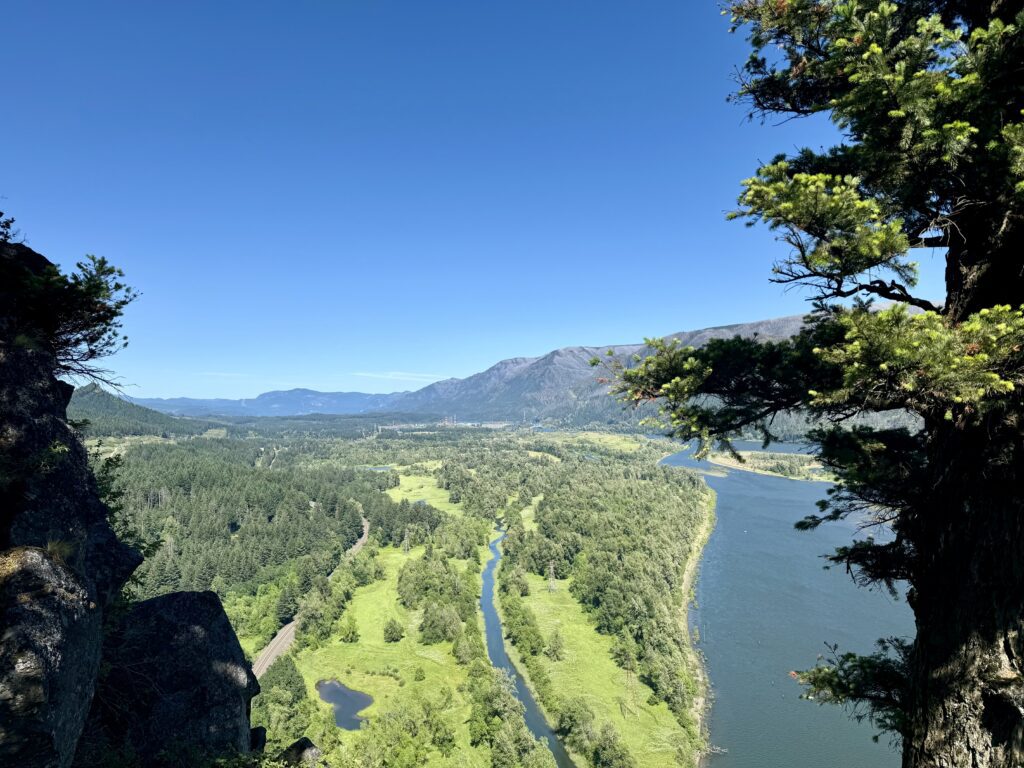
Development and pollution
Water pollutants are believed to have a detrimental effect on salmon health, size, mortality, and reproductive success. Though the effects of pollution and salmon survival can be hard to quantify, it is well-accepted amongst scientists that pollutants from a variety of sources like storm runoff from vehicles or improperly disposed industrial waste, are contributing factors to the decline in salmon stock.
Positive trends
On the West Coast, there are currently 17 salmon populations listed as threatened or endangered under the Endangered Species Act. These populations range from California to Washington State and include (but are not limited to) the Lower Columbia River Coho, Snake River Sockeye, Hood Canal chum, and Puget Sound Chinook salmon. Though these facts might not inspire optimism at first glance, it’s important to note that “threatened” doesn’t necessarily mean these populations aren’t on an upward swing in terms of recovery. For example, the Lower Columbia River
Coho has steadily been making progress toward the federally approved recovery goal.
Hood Canal Summer Chum and Snake River Fall Chinook are both currently approaching that set goal. Yet, more needs to be done.
Dam removal
Enter damn removal. Dam removal works for salmon recovery, but there are many issues created by the removal of dams. For example, on the lower Snake River, dams create vast amounts of clean energy, and reduce water velocity, thus allowing easy movement of barges for agricultural product transportation, and they help provide irrigation for swaths of agricultural land. In short, they are a huge part of local economies and infrastructure alike.
These inherent issues with dam removal were finally addressed in what was a culmination of years of lawsuits and litigation and is believed to be the most comprehensive salmon recovery plan to date. In December of 2023, The Biden-Harris administration came to a historic agreement when they signed a Memorandum of understanding between Columbia River Basin Sovereign tribes, the state of Washington, the state of Oregon, and environmental groups. This 1-billion-dollar settlement agreement is a 10-year federal partnership with tribes and states that prioritizes salmon restoration and recovery, while also allocating funds to research on other infrastructural needs that will be an inevitable byproduct of the removal of the 4 Lower Snake River dams.
Ultimately, it is up to Congress whether the dams will be removed, but the groundwork is now in place to make these possibilities viable. This is a huge and unprecedented leap in the right direction for salmon recovery.
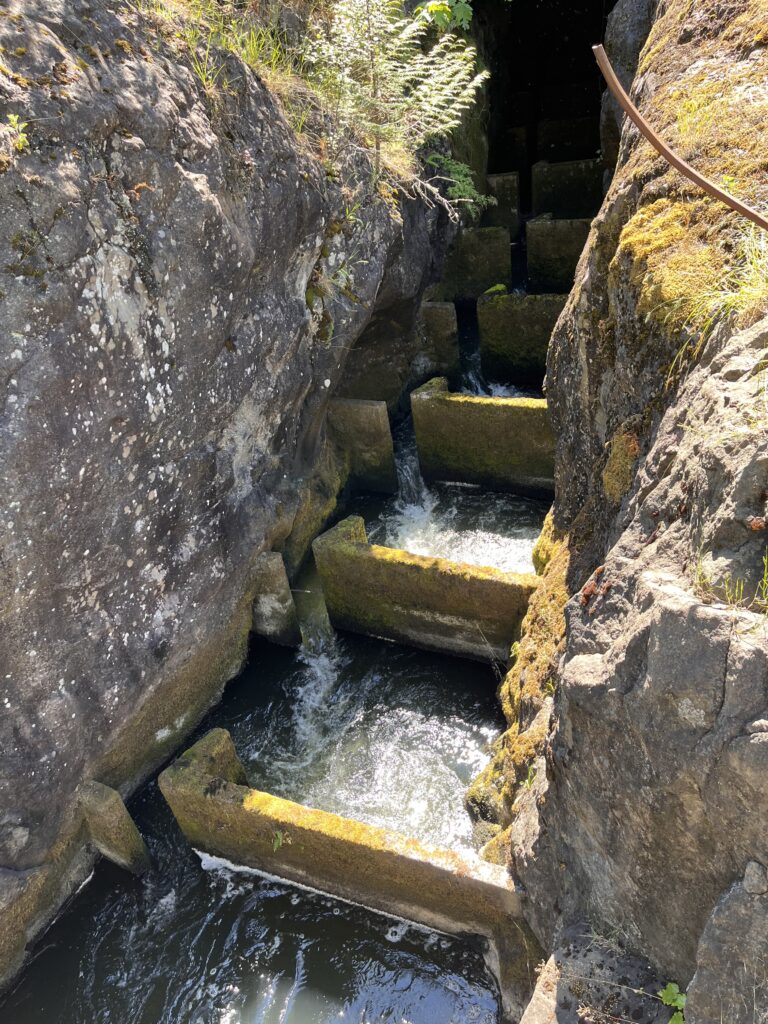
Hatchery programs
Hatchery programs are a lot of things…
They were once believed to be the solution to the impact commercial overfishing had on salmon numbers, they were offered as an answer to the devastation caused by the damming of waterways, and they were a mechanism to uphold the treaty rights of Washington indigenous tribes under the Boldt Decision of 1974 (decision granting Washington tribes fair and equal share of fish harvest). But despite the best efforts of hatchery managers, these hatcheries have often fallen short of the goals that had been set forth.
Much research has been conducted on the efficacy of hatchery programs, and the findings have often been bleak. One important example is the Columbia River. A journey to the Pacific Ocean down the Columbia River has always been a perilous task for young salmon, and naturally, many don’t complete their journey. Throw in a myriad of dams, warming slack waters behind these dams, and an increase in invasive predators, the journey becomes even more fraught with danger. To compound the problem, salmon bred at hatcheries are losing their genetic diversity, and fast. Without the highly developed genes of their native counterparts, the fish become weaker, and survival rates drop.
This is not to say hatcheries don’t create a positive impact on a declining salmon population. After all, most Pacific salmon returning to our rivers today are hatchery salmon. Amid the new Biden administration commitment to salmon recovery, 60 million dollars is being invested in NOAA fisheries to facilitate improvements to current fish hatcheries, many of which were on the brink of failure. Furthermore, many West Coast hatcheries are implementing new techniques within their facilities to improve salmon survival rates. These techniques include changing the way fish are fed so that the process will more closely mimic natural feeding, including natural features in the tanks where fish are being stored, and breeding hatchery-salmon with more wild-salmon to increase genetic diversity.
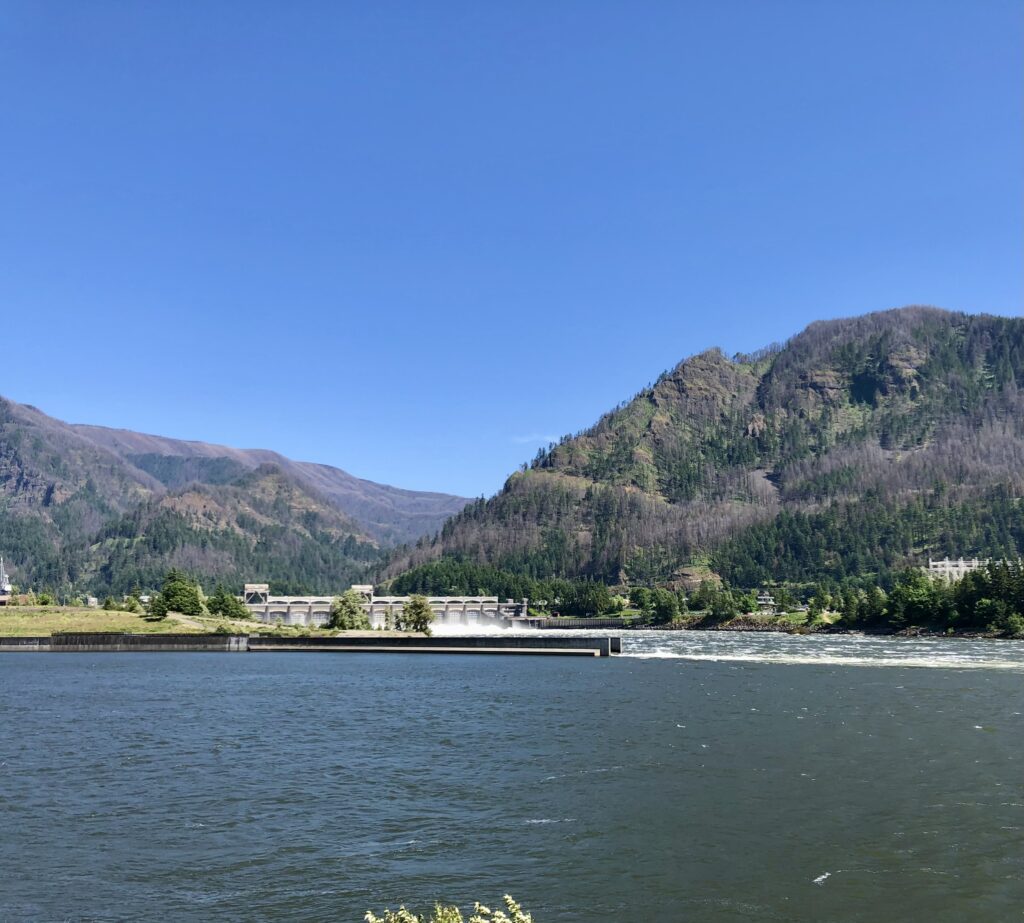
Habitat restoration
To date, 474 acres of wetlands, 9,257 acres of estuaries, and 31,564 acres of waterway have been restored in Washington state through collaborative efforts between the Department of Fish and Wildlife, NOAA, The Nature Conservancy, various nonprofits groups, and volunteers. Working to improve the waters and land that create salmon habitat is a vital component of the comprehensive approach needed for a task as complex and crucial as salmon recovery.
Resources
Below, you will find a list of volunteer opportunities for salmon habitat restoration. Together, we can all do our part in protecting a resource that is so important to our communities, our families, and future generations.
- Mid-Columbia Fisheries Enhancement Group midcolumbiafisheries.org
- Skagit Fisheries Enhancement Group skagitfisheries.org
- Washington Department of Fish & Wildlife wdfw.wa.gov>get-involved
- Coast Salmon Partnership coastsalmonpartnership.org
- Sound Salmon Recovery soundsalmonsolutions.org







